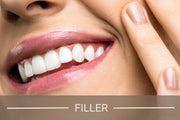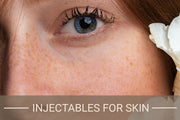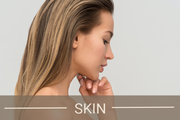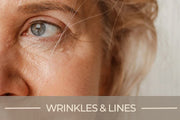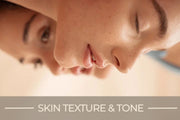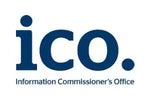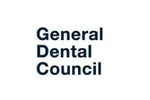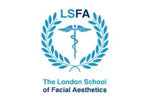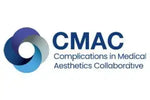Botox Aftercare FAQs: Everything You Must Know Now
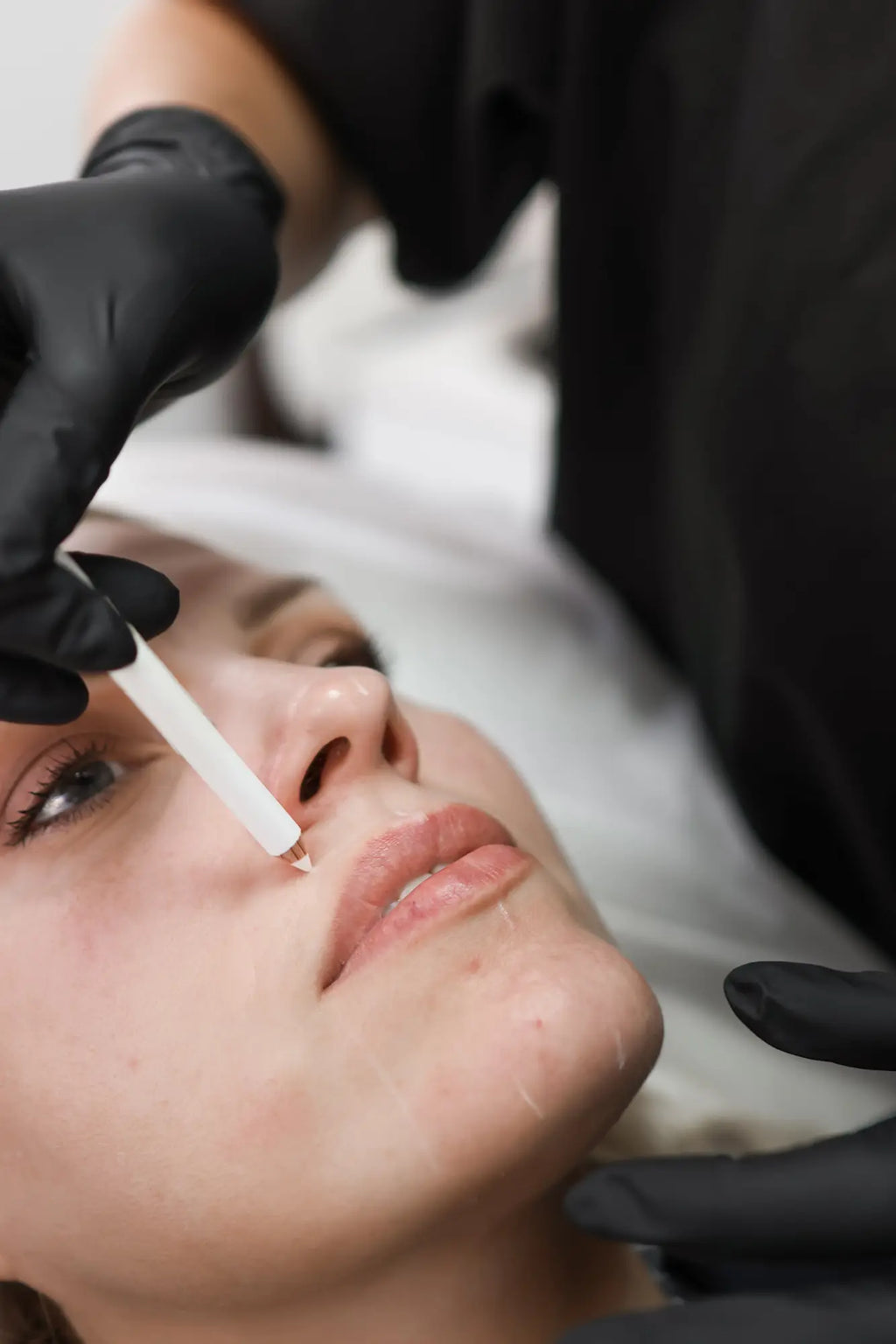
Content Verification

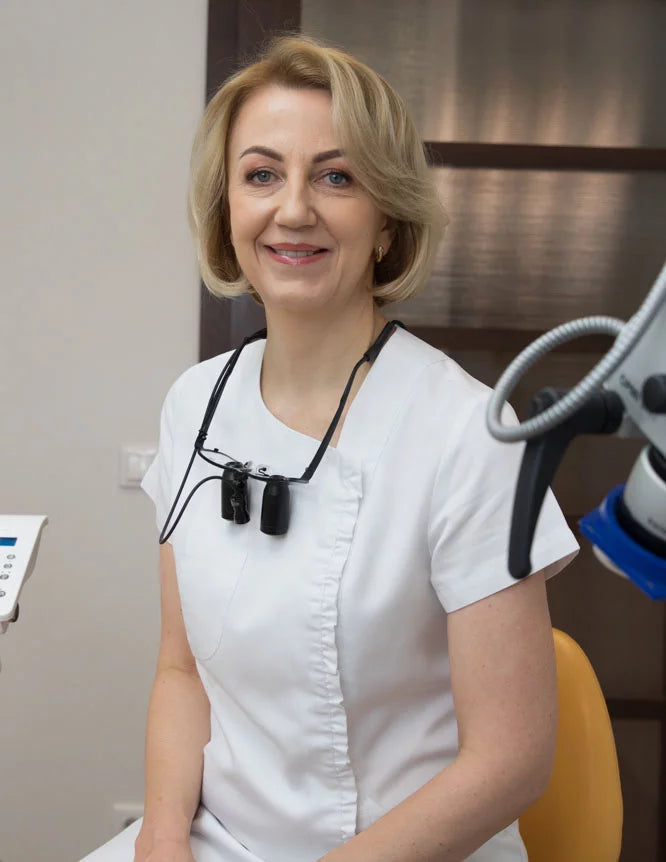
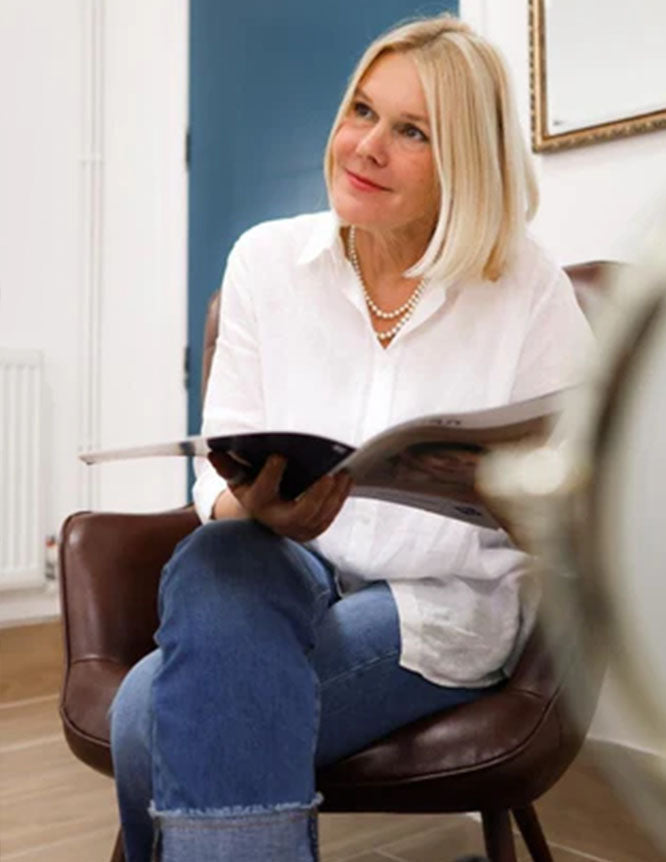
📝 Quick Summary 📝
💉 Botox results typically start showing within 3–5 days.
🧴 Skip heavy makeup and facial treatments for 24 hours post-treatment.
⏫ Keep your head elevated for 4 hours post-procedure – no lying down!
🏃♀️ Avoid intense workouts or saunas for 24–48 hours.
📆 Follow-up treatments are usually needed every 3–4 months.
💡 Key Advice & Tips from Our Experts 💡
✨ Keep your skin clean and hydrated – it helps your results last longer.
🧊 If you feel any mild swelling, use a cold compress – but never apply pressure!
🚫 Don’t touch, rub, or massage the treated area for at least 24 hours.
😴 Try sleeping on your back to avoid any pressure on your face.
📞 If in doubt, always contact your practitioner. No question is too small!
Botox is a widely used injectable treatment that temporarily relaxes facial muscles to reduce the appearance of wrinkles. While the procedure is quick and minimally invasive, proper Botox aftercare is essential for safe, long-lasting results. Many patients have questions about post-Botox recovery, side effects, and what to do after Botox.
This article answers the most common questions patients ask following their treatment. You’ll learn what to expect physically, what activities to avoid, and how to care for your skin properly. We’ll also explore practical steps to help your results last longer and reduce the risk of complications.
By the end, you’ll have a clear understanding of Botox aftercare best practices—helping you feel confident and informed about your post-treatment journey.*
What Does Botox Feel Like Afterwards?
Many patients are unsure what sensations are normal following Botox treatment. It’s common to notice subtle changes in how the skin and muscles feel post-injection.
In the hours after the procedure, mild sensations like tightness, light pressure, or tingling are frequently reported. Some patients describe a slightly “heavy” feeling in the treated areas, especially around the forehead or eyebrows. These effects are generally temporary and tend to settle within a few days. You may also feel slight numbness as the muscles begin to respond to the treatment.
“It’s completely normal for patients to feel mild tightness or a faint tingling sensation after Botox,” explains Dr Laura Geige, Medical Director and Skin Expert at It’s Me & You Clinic. “These sensations are short-lived and part of how the treatment integrates into the skin’s neuromuscular system.”
In most cases, these feelings are not painful and don’t interfere with daily activities. However, if you experience significant discomfort, severe swelling, or symptoms that worsen after 24–48 hours, it's advisable to contact your practitioner.
Understanding what your face feels like after Botox helps set realistic expectations. A sensation of mild change is expected—but ongoing pain, drooping, or difficulty moving areas of the face may require medical assessment.
Is It Normal to Bruise After Botox?
Bruising after Botox is a common concern among patients. While the treatment itself is minimally invasive, it still involves needles, which can lead to minor skin trauma.
Small bruises can occur when a tiny blood vessel is punctured during the injection. This is not unusual and is generally not a cause for concern. Most cases of Botox injection bruising are mild and fade within a few days. The extent of bruising can vary depending on skin type, medical history, and individual healing response.
“Bruising after Botox is very common and usually nothing to worry about,” says Dr Snieguole Geige, Dentist and Medical Doctor. “It typically resolves within three to five days and can often be minimised with simple measures.”
To help reduce the risk of bruising, avoid alcohol, aspirin, and anti-inflammatory medications for 24–48 hours before and after the procedure—unless advised otherwise by a doctor. Applying a cold compress immediately after treatment may also help reduce inflammation.
If you are prone to bruising, let your practitioner know beforehand. Wearing minimal or no makeup during recovery can also prevent irritation and allow the skin to settle without interference.
What Should You Avoid After Getting Botox?
Following Botox treatment, there are several important precautions to take to support recovery and minimise potential complications. Adhering to these Botox aftercare instructions can help ensure the treatment settles correctly and predictably.
One of the key rules is to avoid touching, rubbing, or massaging the treated area. This can interfere with how the product settles beneath the skin and may lead to uneven results. It's also advised not to lie flat for at least 4 to 6 hours after the procedure, as this helps prevent the product from shifting.
“Patients should take it easy on the day of treatment,” advises Dr Laura Geige. “Avoid heat exposure, vigorous movement, and applying pressure to the face, as these can affect distribution and increase the risk of bruising.”
Avoid alcohol for 24 hours post-treatment, as it may thin the blood and increase bruising. Similarly, skip heavy makeup or facial products for the rest of the day, especially near the injection sites. This reduces the risk of irritation or infection.
Heat exposure, including hot showers, saunas, and sunbeds, should also be avoided for at least 48 hours. These environments may increase circulation and disrupt the precise placement of the product.
These Botox do’s and don’ts are designed to protect your results and reduce the chance of adverse effects. Your practitioner should provide tailored aftercare based on your skin, treatment area, and overall health.
How Long After Botox Can You Get a Facial?
After receiving Botox, it’s important to give the product time to settle into the targeted muscle areas. Facial treatments performed too soon can disrupt this process and potentially affect your results.
Most practitioners recommend waiting at least 7 to 14 days before scheduling any facial treatments. This gives the Botox time to fully integrate and reduces the risk of unintentionally spreading the product beyond the intended injection sites.
“Facials too soon after Botox can apply pressure to the face and interfere with the treatment’s settling process,” explains Dr Giedre Narkiene, Dermatology Specialist. “A minimum of one week is usually advised, though two weeks is ideal for best results.”
Gentle treatments such as light cleansing or hydrating masks may be acceptable after the first week. However, more intensive procedures like chemical peels, deep tissue facials, microdermabrasion, or facial massage should be avoided until two weeks post-treatment.
If you're unsure how long to wait after Botox for a specific skincare treatment, consult your practitioner. They can guide you on the safest timeline based on your skin type and treatment plan. When in doubt, it’s better to postpone than risk compromising your outcome.
Can You Exercise After Botox?
Physical activity shortly after Botox treatment can interfere with the way the product settles in the muscles. Increased circulation and movement may cause the toxin to migrate from the targeted area, potentially affecting your results.
For this reason, most practitioners advise avoiding exercise for at least 24 to 48 hours following the procedure. This includes any strenuous workouts, yoga, running, or activities that involve bending over or raising body temperature.
“Exercise after Botox injections should be postponed for at least a day to ensure the product remains localised,” says Dr Snieguole Geige. “Rushing back to the gym too soon may compromise the outcome.”
That said, light walking is generally considered safe and can even help support healthy circulation during recovery. However, it's best to avoid anything that causes sweating, pressure to the face, or excessive facial movement in the first 48 hours.
If you're wondering, can you work out after Botox, the safest approach is to give your body time to rest. Waiting a full two days before resuming intense activity will reduce the chance of complications and help protect your results.
How to Help Botox Last Longer
While the effects of Botox are temporary, there are steps you can take to help maintain your results for as long as possible. Good aftercare and lifestyle habits play a key role in prolonging the visible effects.
One of the most effective strategies is to avoid excessive sun exposure and smoking, both of which accelerate skin ageing and may reduce the longevity of your results. Using a daily broad-spectrum sunscreen and avoiding tanning beds can help preserve the skin’s condition.
“A consistent skincare routine that includes antioxidants or peptides can support skin health and complement Botox results,” says Dr Giedre Narkiene. “These ingredients help protect the skin’s structure and may extend the visible effects of treatment.”
Staying well-hydrated and eating a balanced, nutrient-rich diet may also support overall skin function. Some patients use collagen supplements or omega-3 fatty acids, though you should speak with your healthcare provider before starting any new supplement.
Regular follow-up appointments form an essential part of Botox maintenance tips. Most people find that treatments every three to four months help maintain a consistent look without over correction.
If you're asking how to make Botox last longer, it's not just about the product—it’s also about how you care for your skin, your lifestyle choices, and your ongoing relationship with a qualified practitioner.
The Bottom Line
Understanding what to expect after Botox helps you manage the healing process with confidence. Mild side effects like tightness or bruising are common and usually temporary. Following correct aftercare and making healthy lifestyle choices can help protect your results. If you’re ever unsure, always speak to a qualified practitioner for advice tailored to your individual needs. Proper guidance and realistic expectations are key to a safe and positive post-treatment experience.
Disclaimer: This article is for informational purposes only and does not constitute medical advice. Always consult a qualified medical professional for personalised guidance.
